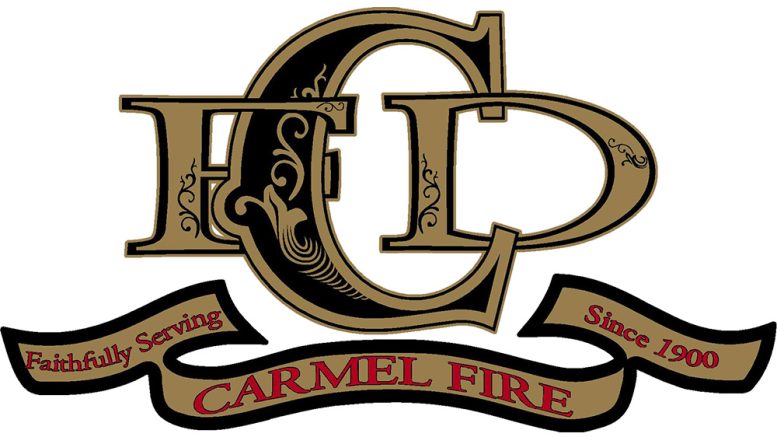Submitted by Carmel Fire Department
Here’s an explanation of the evolution of the truck and station numbers for about every department in central Indiana that adopted the three-digit number.
Back in the earliest days, each town had a fire station, and some of the fastest growing communities had to build a second or third station, subsequently calling them Station 1, 2, or 3. As each town grew, so did the number of emergencies and areas covered.
Larger department response areas were divided by a simple road or landmark, and these neighboring towns started crossing boundaries to help each other out. Having Engine 1 from Little Town A and Engine 1 from Little Town B on the same call started happening, and it was apparent the numbering system needed revamped. The Chief would yell at Engine 1, and no one knew which Engine 1.
The new system gave each town in a county a preface number. In Hamilton County, Carmel got 4, Noblesville 7, Westfield 8, and Fishers 9. The six Carmel stations were then called 41, 42, 43, 44, 45, and 46. It’s the same story in Noblesville with 71, 72, and so on.
Now on calls, rather than having multiple engine 1s, fire fighters will hear Engine 41, Engine 71, or Engine 81. This system remained for many years, but just like the first reconfiguration, as each of the counties continued to grow, a similar issue arose.
Zionsville’s fire stations were 91, 92, and 93, and Fishers’ were also 91, 92, and 93. This was happening in several areas in central Indiana.
The last reconfiguration then added a county number. Working clockwise around Marion County, each county took on a third county identifier number. Hendricks took 1, Boone 2, Hamilton 3, and on around. Now a large incident in Carmel may pull 291 from Zionsville and 391 from Fishers. Indianapolis Fire Department/Marion County occupies the single/double digit numbers.
In summary, the first number is the county, the second is the city or town, and the third is the station.

